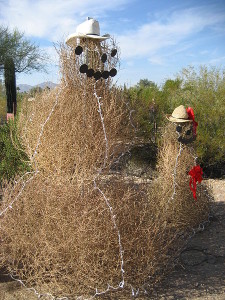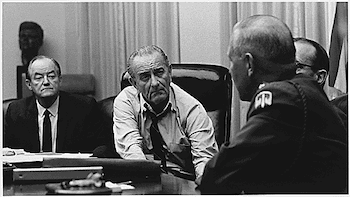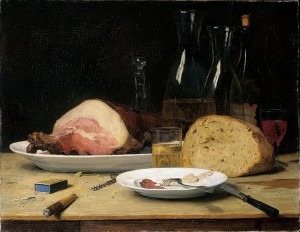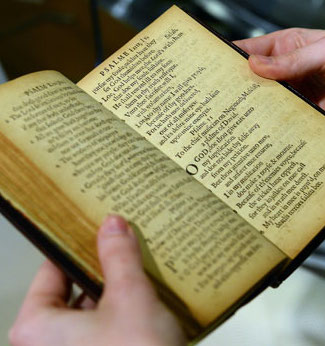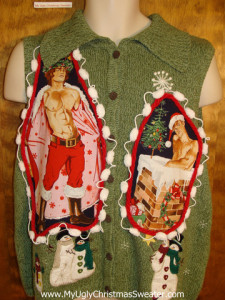 Sometimes ugly is cool — well, not cool, but fun.
Sometimes ugly is cool — well, not cool, but fun.
That’s the case for the ugly Christmas sweater. It’s not clear how the ugly sweater trend (fashion; what is popular for people to wear) began, but some say that they reached their height in the 1980s.
Christmas sweaters have probably been around since people started making clothing, but over the years, people have become more creative. Some Christmas sweaters have images of Santa Claus, Christmas trees, reindeer, snowmen, and snowflakes. They are adorned (decorated) with ribbons (long, thin color pieces of fabric, often worn in women’s hair), pom poms (small, round balls of soft material), glitter (very small pieces that shine when light hits them), and even electric lights that light up (shine using electricity).
Some people wear their Christmas sweater in earnest (seriously), bringing Christmas cheer (happiness; joy) to the people around them. Others wear them as a joke to show off a particularly ugly or gaudy (too bright or showy, usually showing bad taste) creation.
That’s the idea behind ugly sweater parties. Instead of costumes or formal wear (such as evening gowns and tuxedos), people are asked to attend the party wearing the ugliest Christmas sweater they can find. Prizes (reward for winning a competition) are given out to the best — or worst — ones.
If you’re in the market for (wanting to buy) an ugly sweater, whether to attend an ugly sweater party or simply to enjoy dressing for the holidays, check out some of the ugly sweaters available on the Internet. Maybe you’ll find inspiration at places like this. Remember that I wear a size small.
Merry Christmas and happy holidays to everyone celebrating this holiday season. May all of you be happy, healthy, and full of the holiday spirit (feeling)!
– Lucy
Photo Credit: From www.myuglychristmassweater.com
